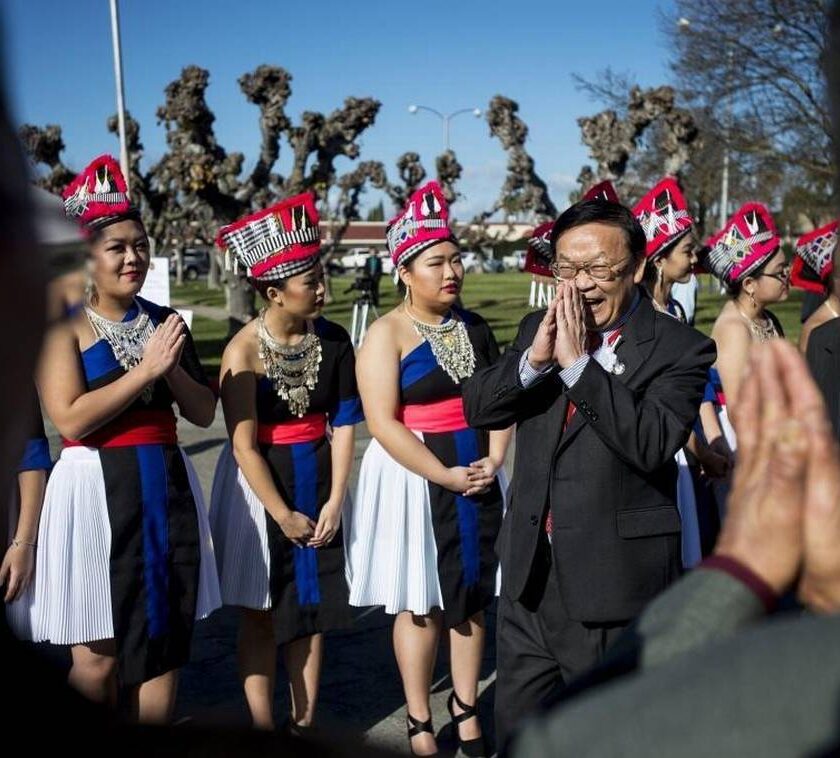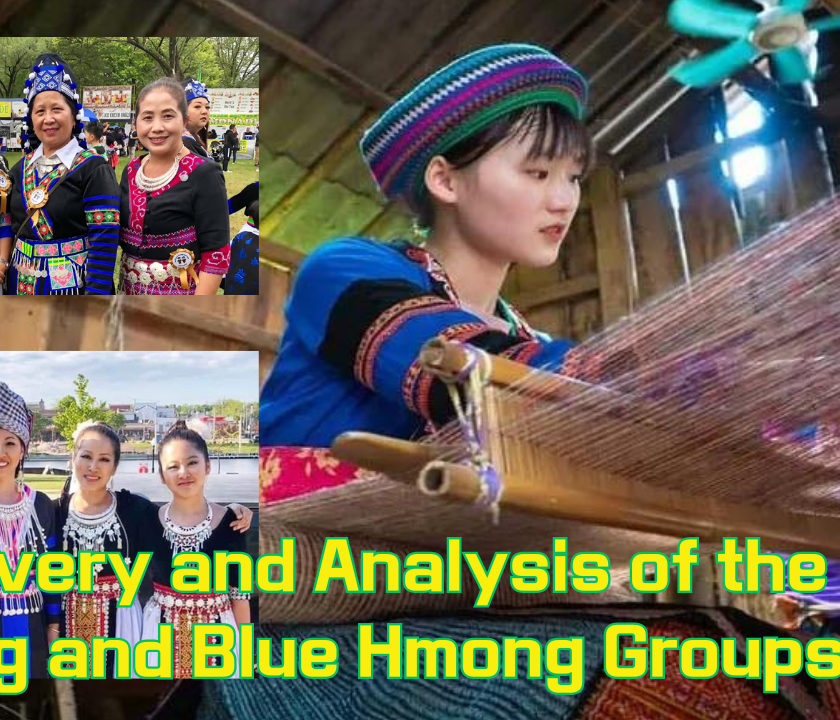Discovering the Linen Weaving Craft of the Vietnamese Hmong

In the highlands of Vietnam, amid the lush scenery and terraced fields, the Hmong people have woven not just linen, but stories, tradition, and a rich cultural tapestry that spans generations. Renowned for their distinctive textile art, the Hmong community intertwines the threads of their cultural identity with every warp and weft, crafting a narrative that goes beyond mere fabric. This article embarks on a journey through the intricate and mesmerizing world of Hmong linen weaving, uncovering the depths of its heritage, significance, and future.
Seed to Loom: The Path of Linen
The journey of creating Hmong linen begins in the rich, mountainous soil, with the planting of flax seeds. From the initial planting to the final weaving, each step in the process is conducted with respect for ancestral methods and intrinsic cultural value. The arduous process of transforming flax into linen involves planting, harvesting, rotting, breaking, spinning, and, ultimately, weaving. For the Hmong people, each stage is not merely a step towards cloth creation but a passage through which their stories, beliefs, and life philosophies are embroidered.
Symbolism Woven into Threads
The linen products crafted by the Hmong are not simply utilitarian. Every pattern and color choice is imbued with symbolic significance, representing elements of the natural world, spiritual beliefs, and the daily lives of the weavers. Common motifs might include representations of mountains, animals, or cosmic symbols, all of which are intrinsically tied to the Hmong worldview and spiritual practices. Thus, linen weaving becomes a silent language through which the Hmong communicate their history, beliefs, and aspirations.
Weaving as Women’s Heritage
Historically, linen weaving has been a skill passed down through the maternal line in Hmong society. Young girls would learn from their mothers and grandmothers, absorbing not only the technical skills required but also the stories, meanings, and traditions embodied in the craft. Thus, the loom becomes a conduit for women’s voices, allowing them to weave their narratives and experiences into a tangible tapestry that speaks of their resilience, creativity, and cultural wealth.
The H’mong Linen in Contemporary Times
In an era where machines have supplanted many traditional crafts, the Hmong weaving practice stands as a resilient testament to the value of handmade artistry. Modern-day challenges, such as globalization and market pressures, do threaten to erode this cultural cornerstone. However, through a confluence of tourism, advocacy, and a renewed appreciation for sustainable and traditional practices, Hmong linen weaving is experiencing a revival, becoming both a symbol of cultural pride and a viable economic pursuit.
Preserving Threads of Tradition
Preservation of the Hmong linen weaving tradition is pivotal, not only for sustaining cultural heritage but also for providing socio-economic stability within the community. Efforts to maintain and promote this craft involve engaging younger generations, leveraging technology, and navigating global markets in a manner that respects and sustains the ancient art. Engaging international audiences, through ethical tourism and global marketplaces, provides a path through which the Hmong can share their rich textile narratives with the world, ensuring the loom continues to weave stories for generations to come.
Conclusion
The linen weaving of the Hmong is an art that transcends the mere creation of fabric. It is an eloquent expression of identity, belief, and historical continuity. As we unwrap the layers of stories and symbols entwined within each piece of linen, we gain insight into the heart of the Hmong culture, appreciating the delicate balance they maintain between honoring tradition and navigating the threads of the modern world. Thus, every piece of woven linen becomes not just a textile, but a tactile narrative of the Hmong people, a story that weaves through the threads of time, connecting past, present, and future in a continuous, unbroken strand.
#3Hmoob #Hmong #Hmoob






Responses